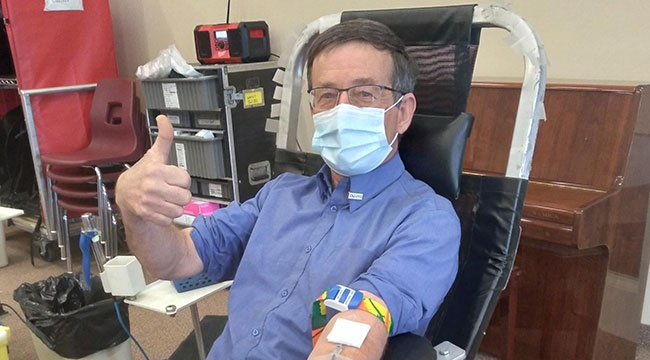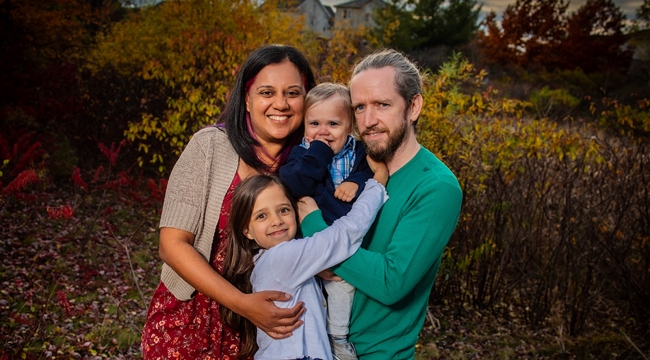Thanking plasma donors for ‘a healthy immune system in a bottle’
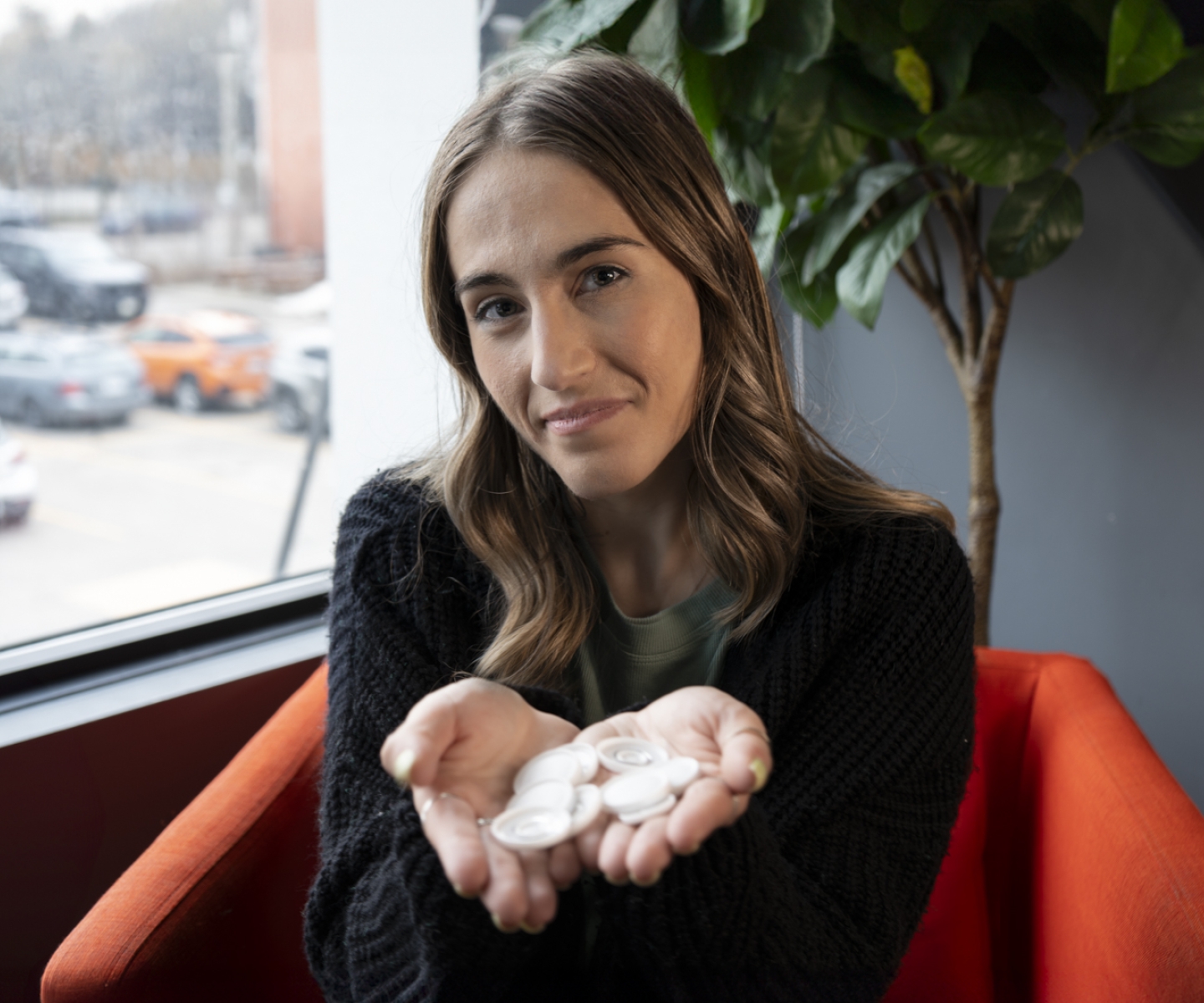
Sabrina Cannella honours her plasma donors by saving bottle caps from the immunoglobulin treatments they’ve made possible
Every month, Sabrina Cannella receives three bottles of a clear liquid medication that looks much like any other product you’d see on a hospital IV pole. Yet each bottle is made from a process that pools plasma — the straw-coloured component of blood that makes up most of its volume — from thousands of different donors.
All those people are making it possible for Sabrina to live a normal life in spite of many complex autoimmune conditions and immune deficiency. She describes her medication, called intravenous immunoglobulin (IVIG), as “a healthy immune system in a bottle.” Over six years of treatment, she’s saved hundreds of caps from those bottles as souvenirs.
“It helps keep you going on the days where you need to know that you have a village, an army of people fighting for you,” Sabrina says.
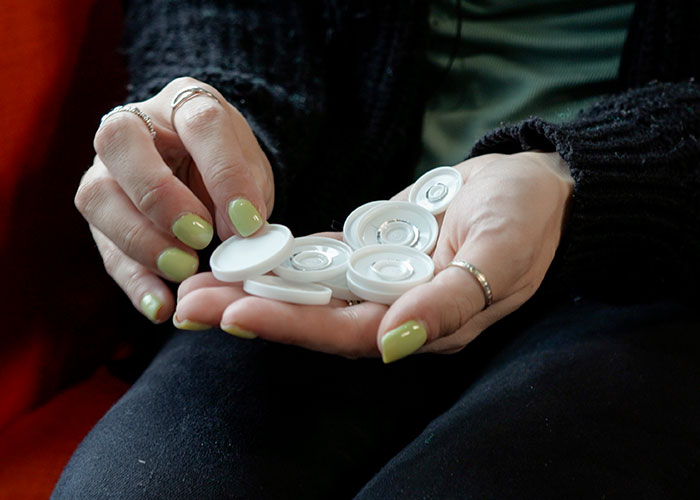
How plasma donation works
We collect plasma from both blood donations and plasma donations. When you donate blood, your donation is separated afterward into the different components (red blood cells, platelets and plasma) for different patient uses. When you donate plasma, your blood gets separated as it’s donated, so we can collect only plasma (and return the rest of your blood to you, as you relax in a comfortable bed).
Some of the plasma we collect is delivered to hospitals for transfusions. But we send most of it — including all the plasma collected at our dedicated plasma donor centres — to manufacturers. They use it to make lifesaving medications like the immunoglobulin Sabrina requires.
Sabrina first started developing serious symptoms at age 12. She eventually became so ill she was forced to give up her passion, competitive dance. But even as doctors struggled to diagnose and treat her complex conditions, she fought to remain positive. Over the last several years, donors have helped her to pursue new passions, such as advocacy for a variety of health causes. That includes supporting children who are growing up in and out of hospital, as she did.
While also finding fulfillment as a “nanny to two beautiful little girls,” she aspires to a career as a pediatric nurse.
“The interactions I've had with my nurses, and the bond that it's built, I want to be that for somebody else so badly,” she says.
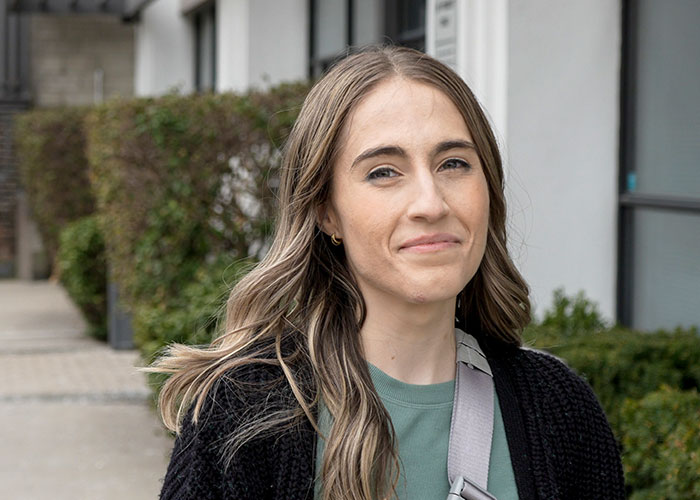
Plasma donors are quiet heroes
Even though she can’t meet them, Sabrina is inspired by her plasma donors, too. She compares them to the old-fashioned lamplighters who once lit the streetlights. Unseen as they walked along darkened roads, they left a trail of brightness in their wake.
“Everything that comes from it is huge,” she says. The unseen plasma donors give her a sense of stability and hope. To her, they are heroes.
“To not necessarily know who you’re going to save, but to know that you can, and to do something with that power, selflessly? I think that’s as heroic as it gets.”
Thank you to all the recipients who have shared their stories with us for National Blood Donor Week 2024. Visit blood.ca/NBDW to read more stories and join our celebration of donors.

